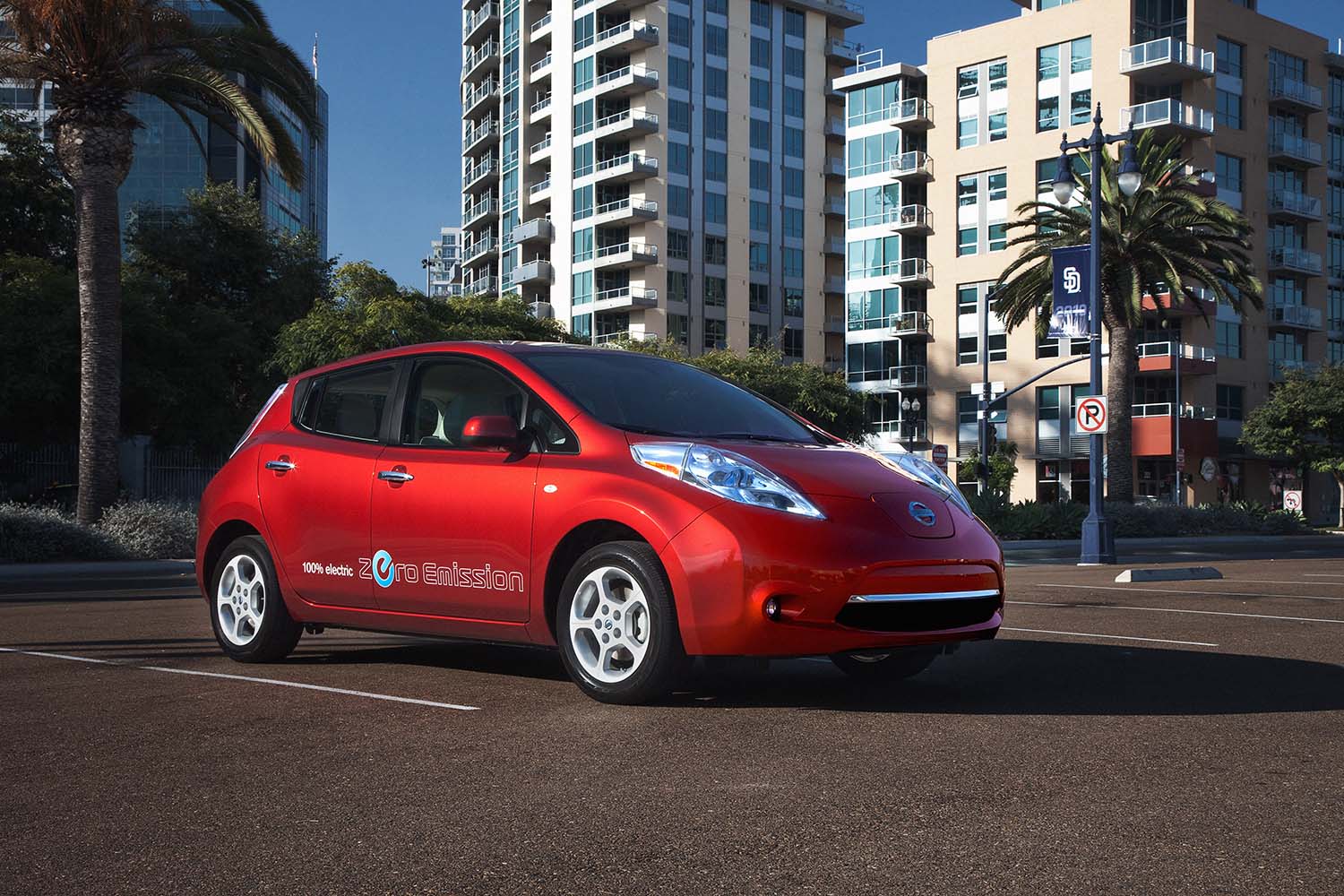Why Old EV Batteries Can Be Problematic
Battery technology has improved dramatically since mass-market EVs hit the road more than a decade ago.
 Nissan | 2012 Nissan Leaf
Nissan | 2012 Nissan Leaf
Article QuickTakes:
As mass-market electric cars such as the Nissan Leaf and Tesla Model S become more widely available in the used-car market, you may be considering a used EV as your next car. Many early EVs are now cheaper than the latest 2023 models. But driving ranges can sometimes be less than advertised. Servicing has its challenges. Early EV technologies can be less efficient than modern ones, and replacement battery costs are often a fact of ownership with high-mileage used EVs.
Before spending your money on an older used electric car, here are some considerations.
Battery degradation can lead to a shorter range for older EVs
One of the first mass-market EVs was the Nissan Leaf, which arrived in the 2011 model year. The original Leaf had an estimated driving range of 73 miles. However, due in part to its small, air-cooled battery pack, the oldest versions of this Nissan EV can experience battery degradation.
That ongoing weakening of the battery can result in a 20% loss in driving range within five years of use. This means that the driving range of an older Nissan Leaf could be reduced to less than 60 miles in five years and less than 45 miles by year 10 if that battery degradation continues at the same level.
Newer EVs are more efficient year-round
Electric car batteries aren't as efficient in extremely hot or cold weather. Colder temperatures can slow down the chemical process of a battery, causing some EVs to lose up to 35% of their driving range when the thermometer drops below freezing. Automakers including Tesla, Jaguar, and Hyundai offer heat pumps in their latest EVs. According to Recurrent, a clean-tech startup company, the Jaguar I-Pace only suffered a 5% loss in driving range at freezing outdoor temperatures, versus driving on a 70-degree day.
Unlike those older air-cooled Nissan Leafs, most of today's EV batteries are cooled by liquid. This technology allows for better control of battery temperature, reducing the amount of battery degradation in the long run. A Tesla has an estimated battery life of between 300,000 and 500,000 miles. It usually offers more than 90% of its original battery driving range after 100,000 miles.
Used EVs can be harder to service
While older liquid-cooled EVs, such as the Fiat 500e and the Mercedes-Benz Smart ForTwo Electric Drive, can be more efficient than their contemporary air-cooled rivals, it can be harder to find shops to service or repair them.
As of February 2023, fewer than 100 Fiat and 50 Mercedes-Benz dealers have trained technicians to diagnose and service these early EV battery systems.
Replacing the battery in your used EV can be costly
Replacing the battery pack is one solution if you have found a used, high-mileage EV and wish to enjoy the car's original driving range. But it can be costly. A replacement battery in a Nissan Leaf can run close to $10,000. The cost of replacing a 2013 Tesla Model S battery can be more than $20,000.



